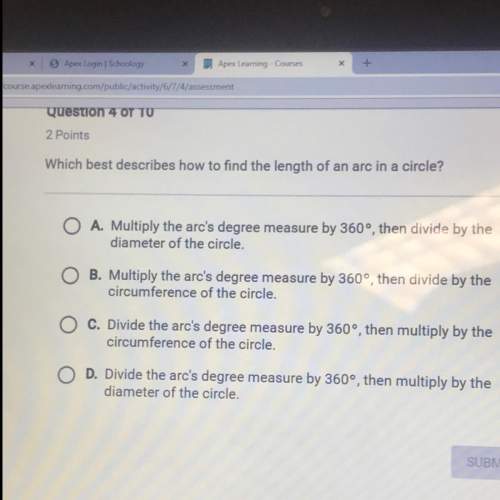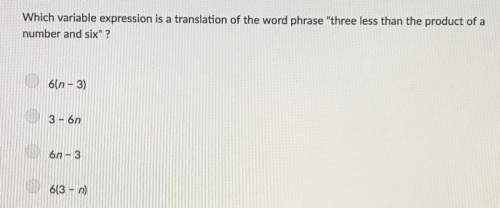
Mathematics, 10.05.2021 16:10 allieballey0727
Let's say that I have a single six-sided die, which I suspect might be weighted or rigged somehow to always give a six. Let's also assume that the only way I have to determine whether it is actually rigged is by rolling it (admittedly, in real life, I may be able to tell from holding it). I roll it several times in a row and it always gives a six.
Do some math to determine:
a. Using a "frequentist" approach, how many sixes in a row would I need to see before I was 95% sure that what I was seeing was a series of sixes (and not just random chance)?
b. Using a Bayesian approach, how many sixes in a row would I need to see before I was 95% sure that what I was seeing was a series of sixes (and not just random chance), given that my prior expectation that the die was weighted is 10%?

Answers: 2


Other questions on the subject: Mathematics

Mathematics, 21.06.2019 15:00, kashishmehta917
Which statement best describes the polynomial
Answers: 2


Mathematics, 21.06.2019 18:20, julieariscar769
Inez has a phone card. the graph shows the number of minutes that remain on her phone card a certain number of days.
Answers: 2
You know the right answer?
Let's say that I have a single six-sided die, which I suspect might be weighted or rigged somehow to...
Questions in other subjects:


Mathematics, 20.10.2021 01:00

Mathematics, 20.10.2021 01:00

Mathematics, 20.10.2021 01:00



Mathematics, 20.10.2021 01:00


Mathematics, 20.10.2021 01:00

Social Studies, 20.10.2021 01:00





